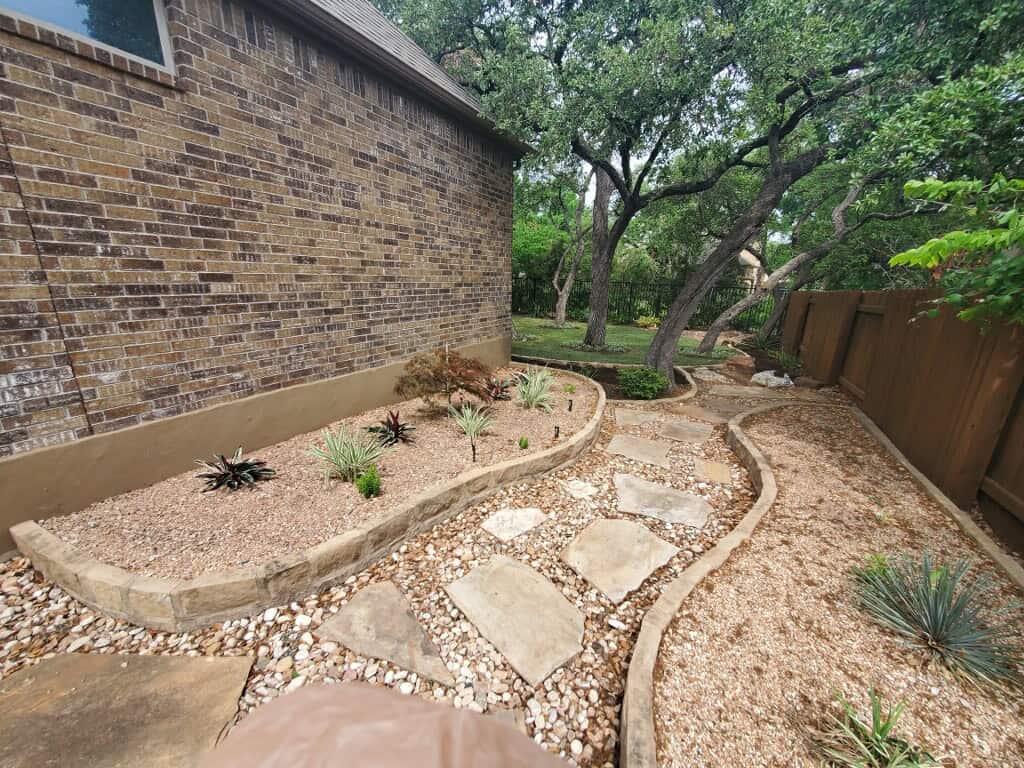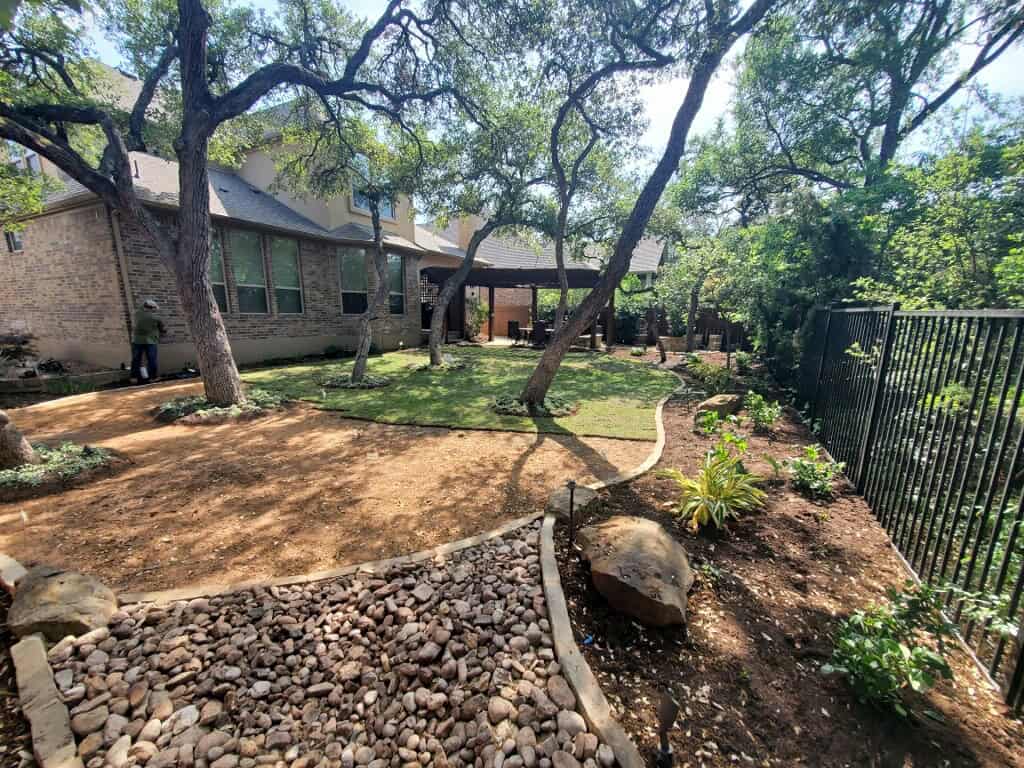Outdoor Living Spaces and Irrigation: A Maintenance Match Made in Heaven
Creating and maintaining a beautiful outdoor living space requires careful planning and consistent upkeep. One of the most crucial aspects of this maintenance is effective irrigation.
Proper watering ensures that your plants, lawn, and garden thrive. A thriving garden adds to the aesthetic and functional value of your outdoor living space. Let's discuss the key elements and best practices.

Understanding Irrigation Needs in Outdoor Living Spaces
Different plants have varying water needs, which is why understanding the specific requirements of your lawn is essential. Native plants typically need less water compared to exotic species, for example. So, group plants with similar water needs together to ensure efficient irrigation and prevent under- or over-watering. The type of soil in your lawn also plays a significant role in how much water is required and how it should be delivered. Sandy soils drain quickly and may need more frequent watering, while clay soils retain water longer but can become waterlogged. Testing your soil and amending it with organic matter can improve its water holding capacity and overall health. However, don't forget to factor in the climate and seasonal changes that can influence irrigation needs and lawn vitality.Efficient Techniques for Maintaining Outdoor Living Spaces
Efficient irrigation is a game changer when maintaining outdoor living spaces in Texas. Drip irrigation systems deliver water directly to the root zone of plants, minimizing water waste and ensuring plants receive a consistent supply. Meanwhile, sprinkler systems are ideal for lawns and the larger areas because they can be customized with timers and sensors to optimize watering schedules and amounts. Soaker hoses are another efficient way to water garden beds and borders. These hoses release water slowly and evenly along their length, providing deep soil penetration and reducing evaporation. Soaker hoses are especially useful for rows of plants and densely planted landscaping.
